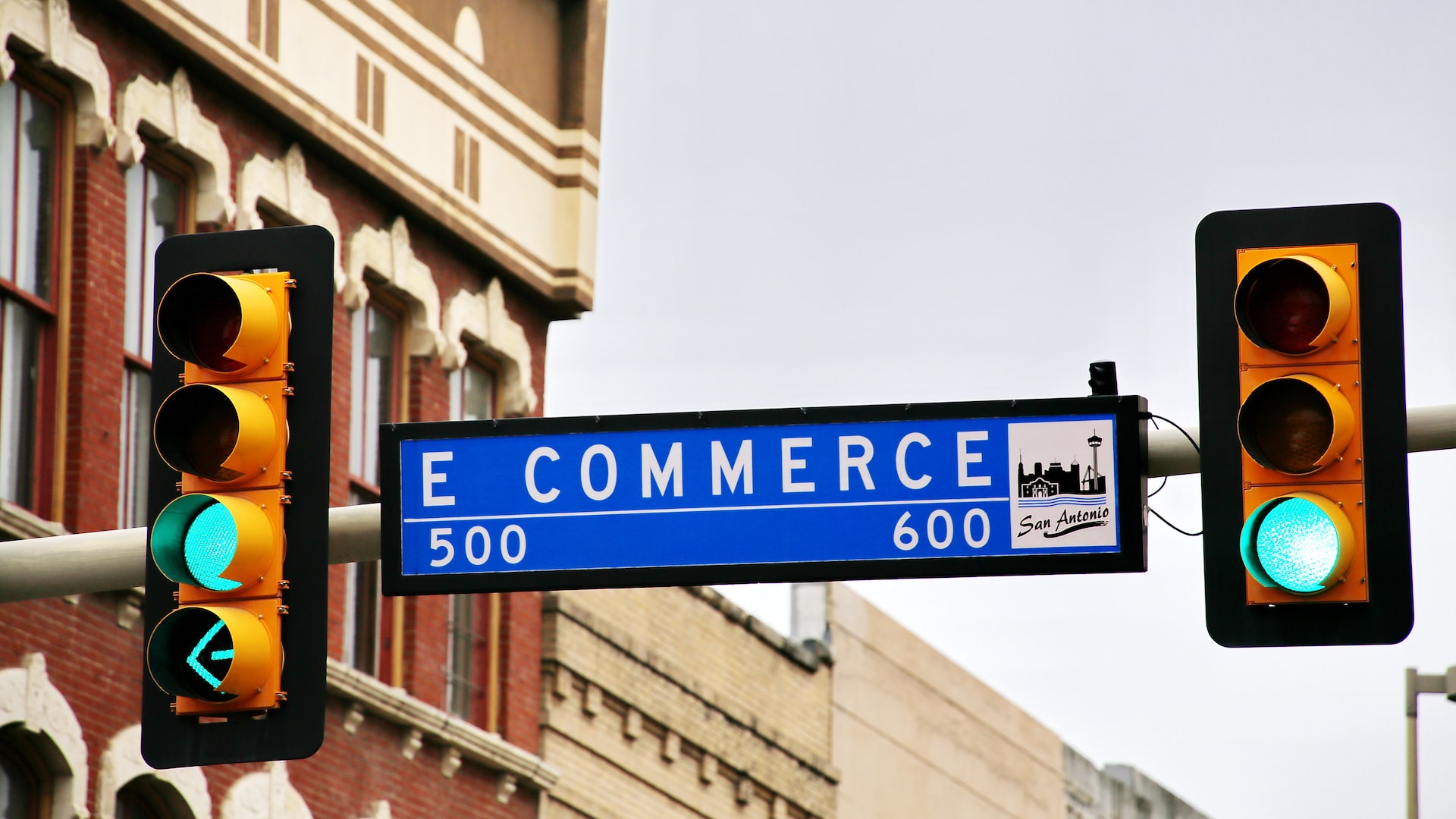The global e-commerce market is expected to be worth a staggering $7tn by 2025. Whilst many shoppers will be familiar with the global giants Amazon, eBay and Alibaba who facilitate the sale of online products and services, there has been a surge of smaller, more tailored marketplace operators gaining popularity in recent years such as Etsy and Airbnb.
According to software company OmniaRetail, marketplaces currently account for 60 percent of total e-commerce spend and have influenced the way traditional brick-and-mortar companies are using online channels to amplify their international reach. Yet, despite the growth opportunities created thanks to the rise of marketplaces, there is still work to be done when it comes to delivering a frictionless e-commerce experience – this is partly due to the complexities around cross-border trading.
On the one hand, more and more sellers are using marketplaces to conduct cross-border transactions,. But on the other, this growth is putting pressure on both sellers and operators which is contributing to a myriad of challenges. Within that, indirect tax is one of the key issues that both parties need to address, according to research by Vertex.
An attractive opportunity
The research, which surveyed 479 finance professionals globally (divided between marketplace operators and seller businesses), found that selling into new territories is a key objective for online sellers, with many using marketplaces to reach a global customer base (39 percent), standout amongst competitors (35 percent) and expand their “shop front” in target markets (31 percent).
On average, marketplace operators sell across 40 countries; an attractive option for sellers looking to unlock new markets. In step with the e-commerce boom, marketplace operators report that their revenue has increased by approximately 23 percent over a 12-month period and believe this growth is due to an uptick in customers as well as selling into more countries.
When it comes to sellers using marketplaces to conduct trade, 49 percent of sales are cross-border, with sellers taking advantage of the platforms to sell across a wide variety of regions. In response, marketplaces are echoing regional demand; for example 78 percent of sellers are using marketplaces to sell into Europe with four out of five operators currently offering a channel to do so.
When sellers were asked what products and services they were selling via marketplaces, the three most popular commodities included digital services (e.g., software/games), new products, and physical services (e.g., food delivery or transport services). However, this influx of cross-border trade is contributing to a variety of challenges for sellers and marketplace operators – with indirect tax being a primary concern, alongside brand recognition and supply chain complexities.
The ugly side of cross-border trade
Despite over half of respondents agreeing that marketplaces are getting easier to use as a sales channel, sellers are demanding more support from operators, especially when it comes to frictionless commerce. 65 percent want transactions and money transfers to be more seamless; 64 percent want greater guidance on tax liabilities; and 63 percent want compliant invoicing support.
But despite this, nine out of ten marketplace operators are struggling to fulfil such requirements. 89 percent of respondents find it difficult to manage indirect tax rules and regulations, whilst three quarters agree that keeping track of these obligations becomes even more challenging when moving into new countries. 74 percent of respondents also highlighted that an increase in cross-border transactions is adding complexity to the business, whilst 66 percent are struggling with indirect tax and financial processes.
For sellers, it’s a similar story as 44 percent of finance professionals are unclear if they are responsible for collecting VAT or if it is the marketplace. This extends to their indirect tax obligations in different jurisdictions, with 36 percent unsure when and where they are liable for local, regional and country-level indirect taxes and at what rate.
Confusion over tax liabilities heightens when there is a mix of products from multiple sellers in the shopping basket. On the surface, sellers expect marketplaces to provide a seamless experience, operationally and for customers. This means taking away the headaches related to indirect tax management and ensuring transactions are frictionless to support their growth ambitions. A significant part of this is improving back-end finance and tax process automation.
Confident indirect tax management
Indirect tax is a big concern within cross-border trade for both sellers and operators – and it won’t be solved unless steps are taken by marketplaces to improve financial and tax processes. As more sellers turn to marketplaces to elevate trade into new territories, they need to feel confident that operational challenges are at a minimum. If not, sellers might be deterred from using these platforms as a growth channel in future.
Marketplaces should consider investing in an integrated indirect tax engine to support sellers with frictionless commerce, ensure compliance obligations and to help drive growth. Only then, the marketplace conundrum will start to be solved.
This is a sponsored article by Vertex




